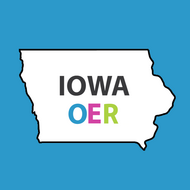A Mixed Course-Based Research Approach to Human Physiology
(View Complete Item Description)Short Description: The Biology 256 Laboratory course was designed to provide students with hands-on access to modern techniques in human physiological analyses using the course-based research pedagogical approach. In this course, students will learn how to perform literature searches; generate research questions and hypotheses; design experiments; collect, analyze, visualize and interpret data; and present scientific findings to others. The Biol 256L curriculum offers a high-impact human physiology experience that fosters the critical thinking skills required to be a successful citizen in a modern world filled with misinformation. Long Description: The Biology 256 Fundamentals of Human Physiology Laboratory course was designed to provide students with hands-on access to modern techniques in human physiological analyses using the course-based research pedagogical approach. In this course, students will learn how to perform literature searches; generate research questions and hypotheses; design experiments; collect, analyze, visualize and interpret data; and present scientific findings to others. The Biol 256L curriculum offers a high-impact human physiology experience that fosters the critical thinking skills required to be a successful citizen in a modern world filled with misinformation. Word Count: 53567 (Note: This resource's metadata has been created automatically by reformatting and/or combining the information that the author initially provided as part of a bulk import process.)
Material Type: Textbook




















